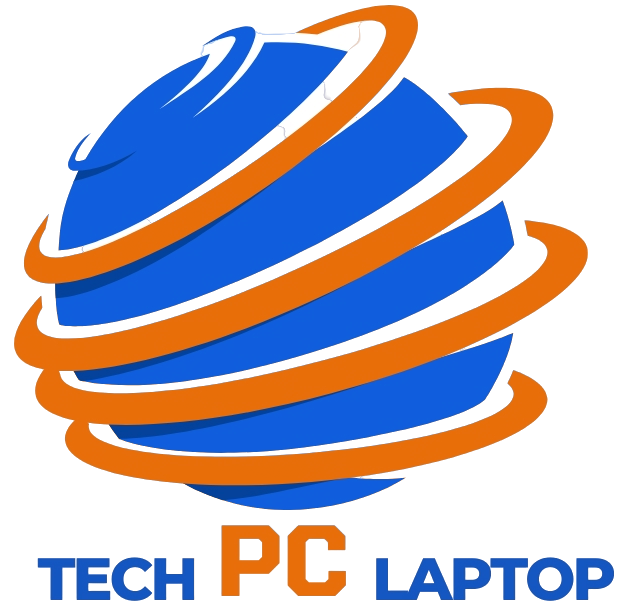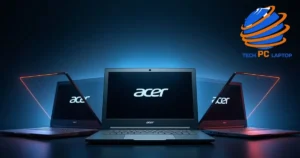Looking for a new laptop for home use but feeling overwhelmed by all the options? You’re not alone. Erica Douglas, a tech consultant at Digital Doctors, says “The key is matching your budget to your actual needs – most people either overspend on features they’ll never use or try to save money and end up with a laptop that can’t handle their daily tasks.”
Let’s dive into everything you need to know about choosing the right laptop at the right price.
Understanding Your Real Needs
Before you start comparing prices, take a moment to think about how you’ll actually use your laptop. John Webster, a senior analyst at Brighton Tech Reviews, notes that “70% of home users only need basic computing power for everyday tasks.”
Here’s a quick reality check on common home usage patterns:
- Light Usage: Web browsing, email, video calls on Skype or Zoom, basic document editing
- Medium Usage: Multiple browser tabs, Microsoft Office work, photo editing, streaming HD video
- Heavy Usage: Video editing, gaming, running multiple programs simultaneously
- Intensive Tasks: 3D rendering, high-end gaming, professional video editing
Breaking Down Budget Categories That Make Sense

Let’s look at what you can expect in each price range:
Entry-Level ($300-500)
Perfect for: Basic home computing and student work
What you’ll get:
- Chromebook models or basic Windows laptops
- Intel Celeron or Pentium processors
- 4GB RAM
- 64GB-128GB storage
- HD display (1366 x 768)
Real-world example: The Lenovo IdeaPad 3 ($379) handles basic tasks smoothly while offering great battery life.
Mid-Range Sweet Spot ($500-800)
Perfect for: Most home users who need reliable performance
What you’ll get:
- Reliable Windows laptops
- Intel Core i5 processors
- 8GB RAM
- 256GB-512GB SSD
- Full HD display (1920 x 1080)
Premium Options ($800-1200)
Perfect for: Power users and light gaming
What you’ll get:
- High-performance Windows laptops or base MacBooks
- Intel Core i7 processors
- 16GB RAM
- 512GB-1TB SSD
- Dedicated graphics card options
High-End ($1200+)
Perfect for: Professional work and serious gaming
What you’ll get:
- Premium builds and advanced features
- Latest generation processors
- 16GB-32GB RAM
- 1TB+ SSD
- High-refresh-rate displays
Must-Have Specs for Different User Types
Let’s break down what different users really need:
| User Type | Recommended Specs | Estimated Budget |
| Light Users | Intel Core i3/Ryzen 3, 8GB RAM, 256GB SSD | $400-600 |
| Media Consumers | Intel Core i5/Ryzen 5, 8GB RAM, 512GB SSD | $600-800 |
| Remote Workers | Intel Core i5/Ryzen 5, 16GB RAM, 512GB SSD | $700-1000 |
| Casual Gamers | Intel Core i7/Ryzen 7, 16GB RAM, dedicated graphics card | $1000-1500 |
Red Flags and Overspending Risks

Watch out for:
- Overpriced extended warranties
- Unnecessary gaming features
- Brand premium without value
- Outdated components at premium prices
Hidden Costs to Factor In
Don’t forget these additional expenses:
- Essential Software
- Antivirus protection: $30-60/year
- Microsoft Office: $70/year for Home
- Cloud storage: $60-120/year
- Important Accessories
- External mouse: $20-40
- Laptop bag: $30-50
- External hard drive: $60-100
- Maintenance Costs
- Battery replacement: $50-200
- Potential repairs: $100-500
- Cleaning supplies: $20-30/year
Smart Money-Saving Strategies
Jason Stevenson, a retail analyst at Amazon, shares these insider tips:
- Best Times to Buy
- Back-to-school season (July-September)
- Black Friday/Cyber Monday
- End of financial quarters
- Clever Shopping Strategies
- Look for open-box deals at major retailers
- Consider certified refurbished models
- Check student and professional discounts
- Compare prices across multiple retailers
Red Flags and Deal-Breakers
Watch out for these common pitfalls:
🚫 Avoid These Features
- HD-only displays on laptops over $500
- Less than 8GB RAM on Windows laptops
- Hard drives (HDD) as primary storage
- Last-generation processors at current-gen prices
✅ Worth Paying Extra For
- SSD storage
- Full HD or better display
- 8GB+ RAM
- Long battery life
- Quality build materials
Making the Final Decision

Use this priority checklist when making your final choice:
- Essential Requirements
- Matches your primary use case
- Fits within your budget
- Has good reviews and reliability ratings
- Important Considerations
- Brand reputation and support
- Warranty coverage
- Upgrade potential
- Port selection
- Nice-to-Have Features
- Premium design
- Extra features (fingerprint reader, backlit keyboard)
- Color options
- Lighter weight
Maintaining Value After Purchase
Protect your investment with these tips:
- Physical Care
- Clean regularly
- Use a protective case
- Keep liquids away
- Maintain proper ventilation
- Software Maintenance
- Regular updates
- Disk cleanup
- Antivirus protection
- Driver updates
- Performance Optimization
- Remove unnecessary programs
- Manage startup applications
- Monitor system health
- Regular backups
Essential Components Worth Paying For
Let’s break down what matters:
| Component | Minimum Recommended | Ideal Specification |
| Processor | Intel Core i3/Ryzen 3 | Intel Core i5/Ryzen 5 |
| RAM | 8GB | 16GB |
| Storage | 256GB SSD | 512GB SSD |
| Display | 1080p | 1080p IPS |
| Battery | 6 hours | 8+ hours |
Processor Power
Your laptop’s brain needs to match your tasks:
- Basic use: Intel Core i3/Ryzen 3
- Regular use: Intel Core i5/Ryzen 5
- Intensive tasks: Intel Core i7/Ryzen 7
Memory (RAM)
- 8GB: Minimum for comfortable multitasking
- 16GB: Future-proof choice
- 32GB: Overkill for most home users
Storage Solutions
SSD vs. HDD:
- SSD: Faster, more reliable, preferred choice
- HDD: Cheaper, more storage, slower performance
Expert Recommendations for 2025

Here are some top picks in each category based on extensive testing:
Budget-Friendly ($300-500)
- Acer Chromebook 515: Perfect for basic tasks
- Lenovo IdeaPad 3: Great Windows alternative
Mid-Range ($500-800)
- HP Pavilion 15: Excellent all-rounder
- ASUS VivoBook 15: Best value for money
Premium ($800-1200)
- Dell Inspiron 16: Outstanding performance
- Lenovo Yoga 7i: Best 2-in-1 option
High-End ($1200+)
- MacBook Air M3: Best for productivity
- ASUS ROG Zephyrus G14: Best for gaming
Remember, the perfect laptop isn’t always the most expensive one – it’s the one that best matches your needs while providing reliable performance within your budget. Consider your daily usage patterns, future needs, and total ownership costs before making your final decision.
Need more specific recommendations? Drop a comment below with your typical usage patterns and budget, and I’ll help you find the perfect match for your needs.
Final Thoughts
In today’s digital landscape, finding the right laptop for home use doesn’t have to be overwhelming. Choosing the right laptop doesn’t have to be overwhelming. Focus on your actual needs, stick to your budget, and don’t get swayed by flashy features you won’t use. The perfect home laptop is out there – it’s just a matter of making an informed decision.
Remember: The best laptop isn’t always the most expensive one, but rather the one that best fits your specific needs and budget while providing reliable performance for your daily tasks.
Would you like me to explain any section in more detail or provide additional information about specific aspects of laptop selection?












